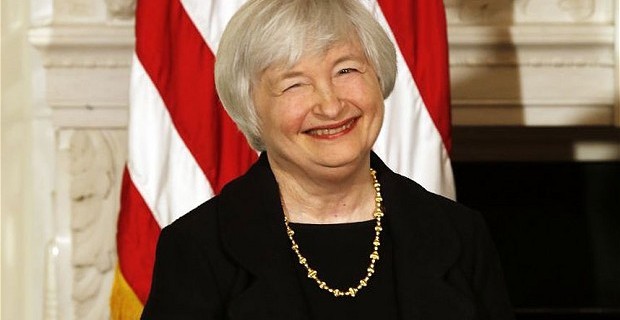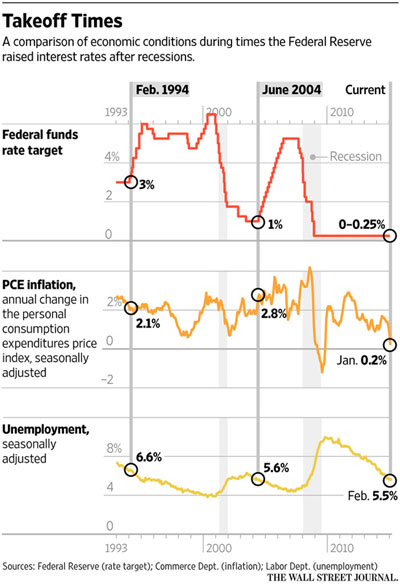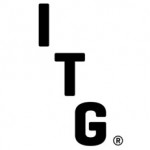Fed Likely to Remove ‘Patient’ Barrier for Rate Increase as Soon as June

Shift at March meeting would create policy flexibility; inflation outlook key on Fed-funds increase
The Federal Reserve is strongly considering removing a barrier to raising short-term interest rates as early as June by dropping its promise to be “patient” before acting.
Discussions about interest-rate guidance and an uncertain inflation outlook are likely to take center stage at the Fed’s next meeting March 17-18. Fed officials on Tuesday began their self-imposed premeeting blackout period, in which they stop making public comments on the economy or policy.
Officials made clear in recent interviews and public speeches they want to move away from the pledge to be patient as they look to move beyond the easy-money policies that defined the postcrisis period. They first cut their benchmark federal-funds rate to near zero in 2008. The Fed has said in its official policy statement since December that it will be patient before raising the rate.
Fed Chairwoman Janet Yellen has said the patience promise means the Fed won’t raise rates at the next two policy meetings. Thus, if the Fed removes “patient” next week, it would open the door to a discussion about a rate increase at its June meeting.
Several officials have said they want that option if the economy holds up between now and then.

“I continue to believe that all meetings from June onward should be on the table” for discussions about raising interest rates, Atlanta Fed President Dennis Lockhart said in a recent interview.
Many investors have zeroed in on June or September as the most likely dates for raising rates, a view Fed officials have encouraged.
Investors have largely responded calmly to Fed hints of looming rate increases, but showed signs of anxiety Tuesday with the U.S. central bank nearing liftoff while the European Central Bank and others are pursuing easy-money policies to spur flagging growth.
The Dow Jones Industrial Average finished down 332.78 points, or 1.85%, to 17662.94. The index has dropped in six of the past nine trading days. Meantime, the euro tumbled to a 12-year low against the dollar Tuesday, bringing it close to parity with the U.S. currency, as investors look to switch out of low-yielding euro-denominated assets into higher-yielding dollar assets.
“Historically, three to six months before the Fed raises rates there’s usually a pronounced pocket of volatility. The fact the last (jobs) number was so good was very bullish for a rate increase coming sooner than expected, and that obviously brings forward that volatility,” said Jeffrey Yu, head of single-stock derivatives trading at UBS AG.
Dropping the patience promise next week—if it happens as widely expected—doesn’t mean officials are yet set on a rate increase in June.
“If economic conditions continue to improve, as the [Fed] anticipates, [it] will at some point begin considering an increase in the target range for the federal funds rate on a meeting-by-meeting basis,” Ms. Yellen said in congressional testimony last month. “Before then, the [Fed] will change its forward guidance.”
Ms. Yellen has signaled that the inflation backdrop is the key wild card in the months ahead.
Though the job market is improving as the Fed hoped, inflation isn’t moving back toward its 2% objective.
The year-over-year change in the Fed’s favored measure of inflation—the Commerce Department’s personal consumption expenditures price index—has run below the central bank’s 2% target in 52 of the 68 months of the current expansion, including the past 34 consecutive months.
Ms. Yellen said in her testimony she wanted to be “reasonably confident” inflation will return to 2% before raising rates, language that could find its way into the Fed’s policy statement next week.
She left her comments on inflation intentionally vague to give officials wiggle room to discuss and debate what will make them confident in the months ahead.
“I don’t want to set down any single criterion that’s necessary for [rate increases] to occur,” Ms. Yellen told the Senate Banking Committee on Feb. 24. “We will be considering carefully a range of evidence that pertains to the inflation outlook.”
Some Fed officials believe that strong improvement over the past year in the job market, by itself, makes it likely inflation will eventually pick up.
A declining jobless rate means there is less slack in the labor market, which, in theory, should put upward pressure on wages and inflation. The unemployment rate was 5.5% in February.
“With the U.S. economy improving and unemployment falling to quite low levels, I expect wage pressures to build and price pressures to return to more normal levels over the course of the next two years,” San Francisco Fed President John Williams said in a speech last week.
That made him “quite confident” inflation would return to 2%, he said.
Some officials aren’t convinced. They want to see concrete evidence that other indicators—including measures of inflation expectations, wages and “core” inflation which exclude food and energy prices—are stabilizing or rising before raising rates.
Removing the patience pledge is part of a broader Fed effort to move away from giving public guarantees about where rates are going next, something they have done for much of the past decade in an effort to manage market expectations.
During the 2004 to 2006 interest-rate increase cycle, for example, Fed officials assured the public they would raise rates at a “measured pace,” a move many now believe was a mistake because it locked them in to a course of action.
“We don’t want to take the markets by surprise,” Fed Vice Chairman Stanley Fischer said last week. At the same time, he added, “There is no good reason that I can see for us to have to telegraph every action that we need to take.”
Source: WSJ – Fed Likely to Remove ‘Patient’ Barrier for Rate Increase as Soon as June





























